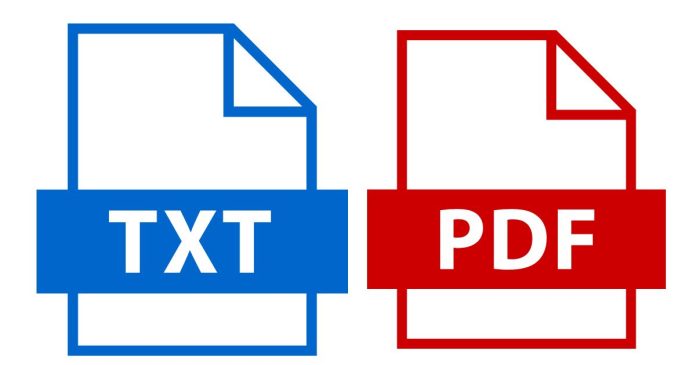File extensions are an essential aspect of modern computing, yet they often go unnoticed in our daily digital interactions. These small identifiers, appended to the names of files (e.g., .docx, .jpg, .exe), play a critical role in how computers manage and execute files. Let’s dive into their purpose and why they matter.
1. They Help Determine File Type
The primary purpose of file extensions is to indicate the type of data a file contains. For instance:
- .txt files represent plain text documents.
- .mp3 files store audio.
- .png or .jpeg files contain image data. This allows users and software to understand the nature of the file at a glance.
2. They Dictate Which Program Opens the File
File extensions help operating systems associate files with the appropriate programs. For example:
- A
.docxfile is typically opened by Microsoft Word or other word processors. - A
.pdffile is associated with PDF readers like Adobe Acrobat. Without extensions, users would have to manually select the correct program for each file.
3. They Aid in File Execution
Executable file extensions like .exe (Windows) or .sh (Linux/Unix) signify files that contain instructions for the computer to perform specific tasks. These files often launch programs or scripts when double-clicked, making them critical for running applications.
4. They Enable File Filtering and Sorting
File extensions make it easier to organize, filter, and search for files. For instance, users can:
- Quickly locate all image files by searching for
.jpgor.png. - Sort a folder’s contents by file type, grouping documents, spreadsheets, and media separately.
5. They Enhance Security Awareness
Recognizing file extensions can help users avoid malicious files. For instance, a file named report.pdf.exe might appear to be a PDF but is actually an executable file, potentially containing harmful code. Awareness of extensions can prevent accidental execution of malware.
File extensions serve as critical identifiers that enhance usability, streamline file management, and improve security. They simplify how we interact with digital files, ensuring that data is correctly interpreted and utilized. Understanding their purpose not only helps users navigate their devices more effectively but also safeguards against potential risks in the digital landscape.


